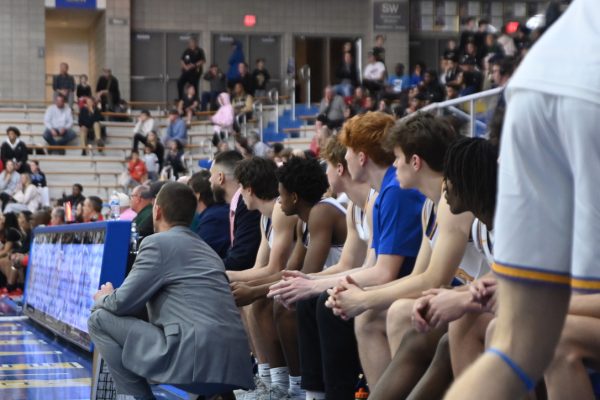CHS student Samantha “Sammy” Romero participates in the unique sport of synchronized swimming
An Olympic sport, learn about the CHS athletes who’s passion is synchronized swimming
In 1968, synchronized swimming became recognized as a sport by the International Swimming Federation (FINA). Today, synchronized swimming has spread throughout the world, even to CHS.
“It’s super unique. I know in Carmel I’m the only person that does it. It’s a sport that’s not very well known and it’s very different in ways (because) it combines aerobics and swimming and other stuff all together,” Samantha “Sammy” Romero, synchronized swimmer and sophomore, said.
Being the only synchronized swimmer does not stop Romero from participating. She said that it’s special that she is the only student at CHS that does synchronized swimming.
“I started when I was seven, and it was because a friend of mine was doing classes for a club, so I kept going to those classes, and then I decided to join the team,” Romero said.
While swimming five days a week, Romero said she faces challenges during practice, but the sport is still fun and rewarding.
Romero said, “(The most challenging part) was the way we worked out because it’s all about holding your breath, and that’s the hardest part for me. My favorite part is learning the routines. We have a coach, and she’s the one that direct (the routines), but we all put our input into it. It’s kind of like a team thing.”
Romero’s coach, Kat Boyum, Indy Synchro Team 1 coach, said she started participating in synchronized swimming when she was six.
“My parents heard about a local synchronized swimming team, and they thought I might like to try it! I loved to swim, perform, and was very goal-oriented. Synchronized swimming was the perfect combination of those things. I tried it out and stuck with it! Here I am 20 years later,” Boyum said via email.
Boyum said that she coaches synchronized swimming because she loves the sport and working with people.
“Being involved in the sport for so many years has given me so many skills that I now have the opportunity to help develop in others. I obviously love the sport to still be involved after all this time,” Boyum said.
Boyum is the main choreographer for the team. She uses her personal experience with the sport to create the movements for each routine.
“Choreographing the routines we swim is one of my favorite parts of coaching. I am very inspired by ballet and gymnastics. When I write a routine, I like to listen to the music and see what concepts come to mind. Sometimes it’s concrete (I picture the eye of a storm), and sometimes it’s very abstract (I picture a circular shape that grows). Next, I take what I picture in my mind and collaborate with my swimmers to put my concept into actual choreography. It’s a process that can take a very long time, but it is very fun and helps us tell a story through our routines,” Boyum said.
After Boyum teaches the routine, and Romero and other teammates practice the routine, they compete in regular competitions.
“There are three main events at a synchronized swimming competition: solo, duet, and team. Solo is one person, duet is two people, and team is 4 to 8 people. Swimmers perform their routines for a panel of judges (similar to gymnastics or figure skating) and receive a score based on specific criteria. There is also an event called figures, which involves each swimmer individually performing a sequence of leg movements in front of a panel of judges. Figures are not set to music, but all the routines have their own music and theme,” Boyum said.
Romero explained what figures are as well and how the scoring scale works for competitions.
“The (competitions) are nation-wide and there are a lot of teams.We do a thing called figures, it’s basically where you’re underwater and you have to do different positions. So, with scoring, (the scale) goes to 100 or more, and on average, normally people (score) 50s or 60s,” Romero said.
Boyum added her opinion on what synchronized swimming is really like.
“Many people have the wrong idea of what synchronized swimming is like. You may think of it as a lot of floating around with an occasional leg up in the air. But the truth is, it’s very difficult! The swimmers don’t ever touch the bottom of the pool, so not only are they treading water while keeping their bodies high out of the water, they also have to hold their breath, remember the routine, stay in formation with their teammates as they swim, perform for the judges, all while making it look easy,” Boyum said.
Your donation will support the student journalists of Carmel High School - IN. Your contribution will allow us to purchase equipment and cover our annual website hosting costs.



















![Joseph Broman, Mu Alpha Theta sponsor, grades tests for his honors precalculus/trigonometry class. Broman said, “I’m retiring from the Math Club next year and I’m just going to do Mu Alpha Theta so I can focus on that one and we can do more [speaker series] first semester.”](https://hilite.org/wp-content/uploads/2024/03/IMG_9502-1200x900.jpg)











![British royalty are American celebrities [opinion]](https://hilite.org/wp-content/uploads/2024/03/Screenshot-2024-03-24-1.44.57-PM.png)




















![Review: “The Bear” sets an unbelievably high bar for future comedy shows [MUSE]](https://hilite.org/wp-content/uploads/2024/03/unnamed.png)
![Review: “Mysterious Lotus Casebook” is an amazing historical Chinese drama [MUSE]](https://hilite.org/wp-content/uploads/2024/03/0.webp)
![Thea Bendaly on her Instagram-run crochet shop [Biz Buzz]](https://hilite.org/wp-content/uploads/2024/03/IMG_0165-1200x838.jpg)
![Review: Sally Rooney’s “Normal People,” is the best book to read when you are in a time of change [MUSE]](https://hilite.org/wp-content/uploads/2024/03/20047217-low_res-normal-people.webp)
![Review: “One Day” broke me for the second time, but this time it hurt worse [MUSE]](https://hilite.org/wp-content/uploads/2024/03/unnamed-8.png)
![Review in Print: Maripaz Villar brings a delightfully unique style to the world of WEBTOON [MUSE]](https://hilite.org/wp-content/uploads/2023/12/maripazcover-1200x960.jpg)
![Review: “The Sword of Kaigen” is a masterpiece [MUSE]](https://hilite.org/wp-content/uploads/2023/11/Screenshot-2023-11-26-201051.png)
![Review: Gateron Oil Kings, great linear switches, okay price [MUSE]](https://hilite.org/wp-content/uploads/2023/11/Screenshot-2023-11-26-200553.png)
![Review: “A Haunting in Venice” is a significant improvement from other Agatha Christie adaptations [MUSE]](https://hilite.org/wp-content/uploads/2023/11/e7ee2938a6d422669771bce6d8088521.jpg)
![Review: A Thanksgiving story from elementary school, still just as interesting [MUSE]](https://hilite.org/wp-content/uploads/2023/11/Screenshot-2023-11-26-195514-987x1200.png)
![Review: When I Fly Towards You, cute, uplifting youth drama [MUSE]](https://hilite.org/wp-content/uploads/2023/09/When-I-Fly-Towards-You-Chinese-drama.png)
![Postcards from Muse: Hawaii Travel Diary [MUSE]](https://hilite.org/wp-content/uploads/2023/09/My-project-1-1200x1200.jpg)
![Review: Ladybug & Cat Noir: The Movie, departure from original show [MUSE]](https://hilite.org/wp-content/uploads/2023/09/Ladybug__Cat_Noir_-_The_Movie_poster.jpg)
![Review in Print: Hidden Love is the cute, uplifting drama everyone needs [MUSE]](https://hilite.org/wp-content/uploads/2023/09/hiddenlovecover-e1693597208225-1030x1200.png)
![Review in Print: Heartstopper is the heartwarming queer romance we all need [MUSE]](https://hilite.org/wp-content/uploads/2023/08/museheartstoppercover-1200x654.png)
























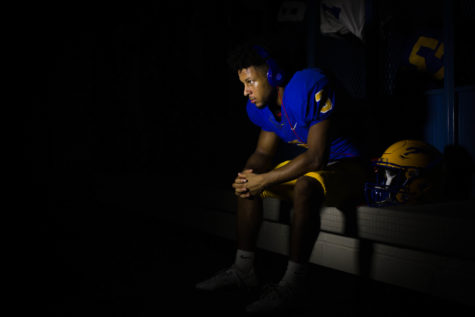

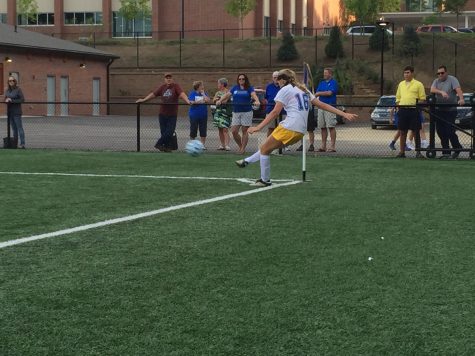


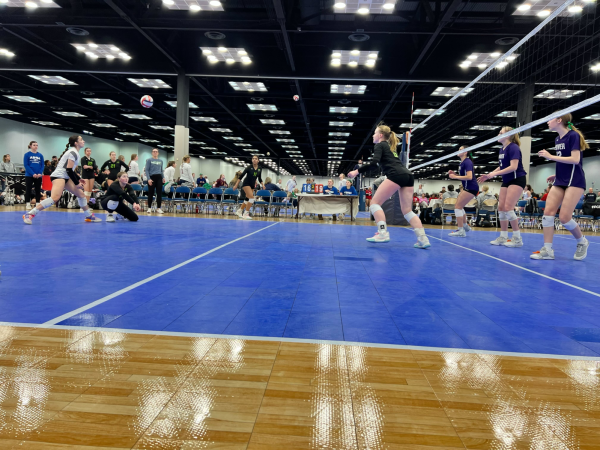
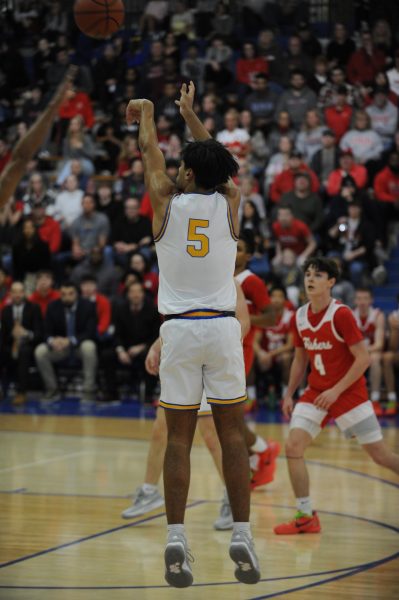
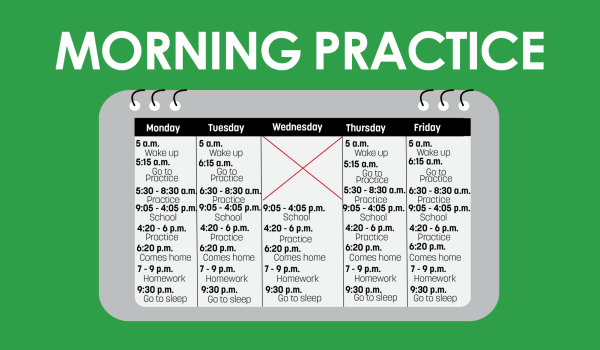
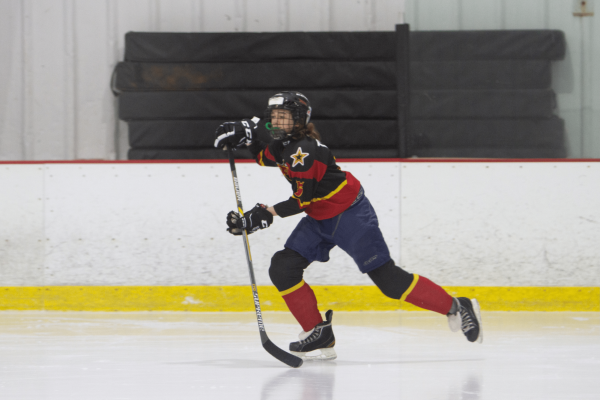
![Lewis Hamiltons move to Ferrari will limit his future success [opinion]](https://hilite.org/wp-content/uploads/2024/02/caitlinfollmanperspectivesf1-600x235.png)
![Lewis Hamiltons switch is a step forward for Ferrari [opinion]](https://hilite.org/wp-content/uploads/2024/02/keirakressperspectivef1-600x235.png)
